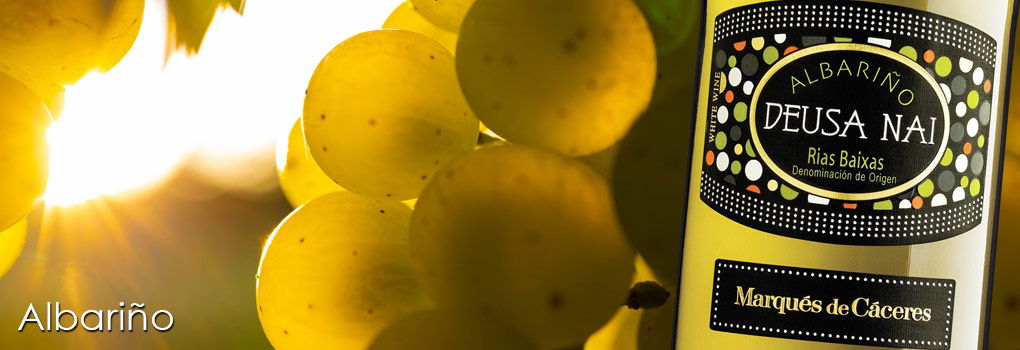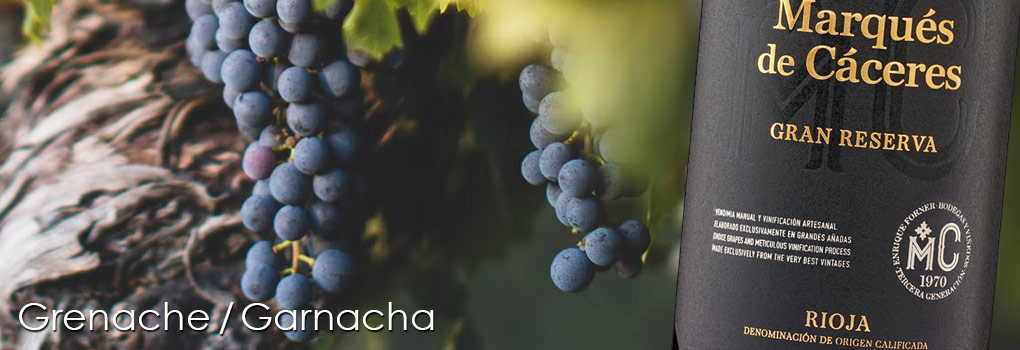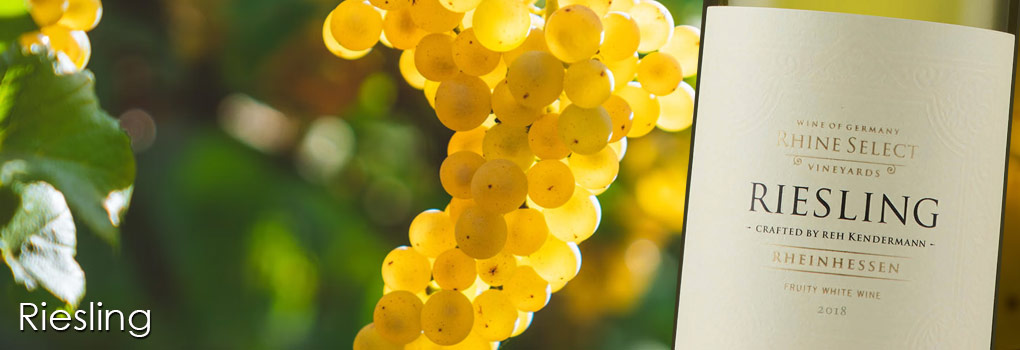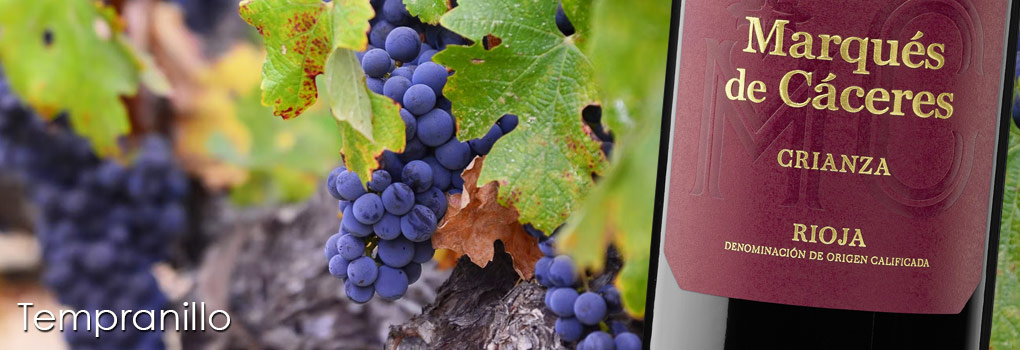The following wine grapes ‘Vitis vinifera’ have their origins across Europe and have been instrumental in the style, character and quality wines crafted in their well-known wine regions. Yes, many of these varietals have found new homes across the globe, the following are brief insights into their personality and influence on the world of wine.
ALBARIÑO:
Albariño is a white wine grape varietal grown in Galicia (north-west Spain) and in Monção (north-west Portugal), where it is used to make varietal white wines. Albariño is actually the Galician name for the grape, with 'Albarin Blanco' an occasional synonym. In Portugal it is known as 'Alvarinho'.
The Albariño grape is the backbone of wine production in the Rias Baixas D.O. region, especially in the town of Cambados, representing around 90% of its vine plantings, around 2000 hectares. History suggests that Burgundian monks from the Abbey of Cluny who came to Galicia at the invitation of Alfonso VII of Asturias in the 12th & 13th centuries brought the Albariño grape to Spain from France.
This is the basis for the theory that this aromatic varietal is related to Riesling or possibly Petit Manseng, but no genetic DNA connection has yet been established. The most probable assumption is that Albariño is indigenous to Galicia.
It is also common in the Vinho Verde region of Portugal, but it is only authorized to be grown in Monção. Rias Baixas D.O. was established on an experimental basis in 1986, Albariño began to emerge as a varietal, leading to the wines to be crafted for the palates across Europe, for wine drinkers who wanted clean flavours and rich, ripe fruit, and crafting wines completely different from those traditionally made.
When planted and grown in the vineyard, the vines need to be trained with large canopies to accommodate the desired 30 - 40 buds per vine. The wine produces highly aromatic white wines with vibrant acidity. The grape is relatively hardy because of the thickness of its skin, a key contributor to its intense fragrance.
Albariño yields a wine with a seductive aroma of citrus, grapefruit, lemon peel and white peach, with pronounced floral and blanched almond notes. The grape's high extract carries these impressions onto a lively palate which remains light, elegant and fresh due to the wine's elevated acidity. Albariño is very rarely given time in oak, but full malolactic fermentation is typically practiced before bottling it fresh and crisp - ideal for early drinking.

ASSYRTIKO:
Assyrtiko is a white wine grape varietal indigenous to the Greek island of Santorini. Assyrtiko is widely planted in the arid volcanic-ash-rich soil of Santorini and other Aegean islands, such as Paros, Naxos and Crete. With smaller quantities in Attica, Drama, Epanomi, Halkidiki, Hromitsa and Drama. It can also be found on other wine regions scattered across Greece.
Assyrtiko-Santorini wines are rare and distinctive, being crafted from this native varietal, cultivated in some of the world’s oldest vineyards, dating back 3500 years, on the volcanic island of Santorini, where nothing is ordinary. On the island of Santorini, there are Assyrtiko vines which are well over 100 years of age, of which many are non-grafted, with these bush-vines having shown resistance to phylloxera.
Assyrtiko-Santorini is one of Greece’s most fascinating and unique indigenous grape varietals. When tasted blind, dry wines from Assyrtiko-Santorini (PDO Santorini) are almost always described as coming from a cooler northerly climate.
Assyrtiko is one of Greece’s finest multi-purpose white varietals. Around 70% of the island’s vineyard area is planted with Assyrtiko, where it has developed a unique character producing excellent wines. Assyrtiko has the ability to maintain its acidity as it ripens, producing a bone-dry wine that has citrus aromas mixed with a mineral character due to the volcanic soils of Santorini. Assyrtiko planted is Macedonia and Attica, the wines expresses a milder and more fruit driven character.
Uniquely, the vines are cultivated in low basket shaped crowns, pinned to the ground, for protection from the fierce winds dominating the island of Santorini. Which explains the extremely low yields of Assyrtiko-Santorini as well as the dense structure and opulence of its dynamic wines. Coming off the sea, the nocturnal fog brings much needed water to the vines during the dry, hot growing season and this, combined with the cooling northerly winds provide the ideal ripening conditions for this varietal to thrive. Harvest is one of the earliest in the country and usually starts at the beginning or in the middle of August.
The resulting dry white wines, known for their distinctive character and great minerality, are pleasant to drink in their youth, but can also age. Most wines are unoaked, though some very good examples of oaked Assyrtiko are made and can have great ageing potential. Owing to its pronounced mineral profile, Assyrtiko stands up well for blending with grapes such as Sauvignon Blanc, Sémillon and the indigenous Greek white grape Malagousia. More famously, Assyrtiko is paired with the aromatic Aidani and Athiri white grapes for the production of a distinctive, naturally sweet wine called 'Vinsanto' (derived from the name Santorini), known since the Byzantine Empire.
These vibrant wines are an ideal complement to delicate dishes; shellfish and seafood, also pairing well with grilled white meat dishes. Vinsanto can be naturally sweet or fortified and must be barrel-aged for a minimum of 2 years. The opulently sweet Vinsanto wines display a deep amber colour, an inviting nose which pair well with; crème brûlée, white chocolate desserts, dried apricots, dried dates & figs, nuts and blue cheeses.

GEWÜRZTRAMINER:
Gewürztraminer is a white wine grape varietal, that is related to the 'Traminer' grape; which translates to - 'the village of Tramin', 'Termeno' in the Alto Adige region of northern Italy. Where it was popular between the 11th - 16th centuries. It is believed to be a mutation of 'Savagnin Blanc' to what is now 'Savagnin Musque' - another name for Gewürztraminer.
The name Gewürz is also curious, although its German translation means 'spicy' - in fact the official protected name only occurred in 1973, it's French and Italian names (traminer-musque, traminer-parfume, and termener-aromatico) lead one to believe that the wine's aromas would indicate a more accurate translation. Roses and Turkish-delight are generally the most common aromas, followed by lychee's and even grapefruit.
Plus cloves and nutmeg are also noted, thus possibly the spice references. Differences could be attributed to the terroir, except that the one characteristic of this grape family is that they give their intense flavour to the wine independent of where they are grown.
A better answer might by climate; a cooler climate with a long, slow ripening season seems to produce the superior expressions of this varietal. Perhaps the Germans felt, at the start of the Gewürztraminer renaissance in Alsace in the late 19th century, their words for aroma and perfume, being taken from the French, did not suit their patriotic pride.
One could also speculate that the fact that Gewürztraminer is very often suggested as a compliment to spicy foods (Asian and Latin American) or white sausages, pork and sauerkraut - could have influenced its name.
Gewürztraminer wine can vary in style from dry to very sweet and can have a good level of alcohol, with very low acidity and a golden colour. It is a powerful wine that likes powerful foods. It can also be used as a dessert wine or to accompany rich cheese such as Munster, or a mild blue. Interestingly, the cheese is commonly served with bowls of caraway, cumin or fennel seeds which are sprinkled on the cheese as you eat it.
The more one learns about the traditional seasoned dishes across Europe, the more one contemplates why they paired and name their wine 'Spicy Tramin'.

GRENACHE / GARNACHA:
Grenache (known as Garnacha in Spanish) is a red wine grape varietal, that is in the top 10 most planted varietals in the world. It is known to ripen late, so prefers hot, dry conditions such as those found in Spain, the south of France, California and the Barossa Valley in Australia. When ripe renowned for dark berry-flavours with subtle spices and soft on the palate with a good level of alcohol, but good control on cropping yields is required for best results. Typicality low levels of acidity, tannin and colour, commonly blended with other varietals such as; Tempranillo, Syrah, Carignan and Cinsault.
Grenache is the dominant grape varietal in many southern Rhône wines, especially in Châteauneuf-du-Pape where it is typically over 80% of the final blend.
In Australia it is typically blended in 'G.S.M.' blends with Syrah and Mourvèdre. Grenache is also used to make rosé wines in France and Spain, notably those of the Tavel district in the Côtes du Rhône. The naturally high sugar levels of Grenache have led to extensive use in fortified wines, including the red 'vins doux naturels' of Roussillon such as Banyuls, and as the basis of many Australian fortified wines.
DNA evidence suggests Grenache is most likely of Spanish origins, with the northern region of Aragon its likely home. Grenache (Garnacha), was already well established on both sides of the Pyrenees. Despite its dominance in nearby Navarra and Catalonia, Garnacha was not widely planted in the Rioja wine region until the early 20th century, as vineyards were replanted following the phylloxera epidemic.
Grenache based wines tend to be made for early consumption, and with its tendency for oxidation make it a less than ideal option for long term aging. However, producers with low yields, and grown on poor soils can produce dense, concentrated wines that can benefit from some cellaring.
The characteristic notes of Grenache are sweet berry fruits such as raspberries and cherries. When crop yields are kept low, Grenache based wines can develop complex and intense notes of blackcurrants, dark cherries, black olives, mocha-coffee, dark honey, black pepper corns along with mixed spices and dried herbs.

RIESLING:
Riesling is a white wine grape varietal - with its origins in the Rhine wine region of Germany. Riesling wines are often consumed when young, when they make a fruit driven, aromatic wines which may have aromas of green-red apples, grapefruit, white peach, honey, white blossom, cut grass, lemon, limes and usually a crisp taste due to high acidity. Plus - Riesling's naturally high acidity and range of flavours make it suitable for extended ageing.
It is a versatile white varietal being used to make dry, semi-sweet, sweet and even sparkling white wines. Riesling wines are usually varietally pure and are seldom aged in oak. In terms of importance for quality wines, Riesling is usually included in the 'top three' white wine varietals - together with Chardonnay and Sauvignon Blanc.
Riesling is a varietal which is highly 'terroir-expressive', meaning that the character of Riesling wines are clearly influenced by the wine's place of origin.
Riesling was the most grown wine grape varietal in Germany with 24,049 hectares in 2019, and in the French region of Alsace with 3,500 ha. There are also significant plantings of Riesling in Austria, Italy, Australia, New Zealand, America, Canada and China. In the countries where it is planted, Riesling is most commonly grown in cooler regions and site locations.
The most expensive wines made from Riesling are 'Late Harvest' dessert wines, produced by letting the grapes hang on the vines well past the normal picking time. Also through evaporation caused by the fungus Botrytis Cinerea ('noble rot') or by freezing, as in the case of Ice Wine (in German, Canadian Eiswein), water is removed from each berry and the resulting wine provides much richer, complex layers on the palate.
These concentrated wines have more sugar (in extreme cases hundreds of grams per litre), more acid (to give balance to all that sugar), more flavour and more complexity. These elements combine to make wines which are amongst the most long lived of all white wines. This said; there is nothing more refreshing on a hot day than a glass of Riesling.

TEMPRANILLO:
Tempranillo is a red wine grape varietal widely planted across its native home of Spain. It is the main varietal used in Rioja, and is often referred to as Spain's 'noble grape'. Its name stems from the Spanish word 'temprano' (meaning; early), a reference to the fact that it ripens several weeks earlier than most Spanish red grape varietals.
Its origins are in northern Spain and introduced to several other countries last century, being planted in: South America, South Africa, Australia, America, Canada and recently here in New Zealand. Even though Tempranillo is native to northern Spain it is widely cultivated as far south as La Mancha - but the two key regions are 'Rioja' in north-central Spain and 'Ribera del Duero' - followed by the Penedes, Navarra and Valdepenas wine regions.
The grape also plays a role in the wines in two regions of Portugal, central Alentejo and Douro. In Alentejo Central it is known as Aragonez and used in red table wine blends, while in the Douro it is known as Tinta Roriz and is typically used in blends to make Port wine.
Tempranillo is occasionally bottled as a varietal on its own - but it typically makes up about 90% of other blended wines. It is blended with Garnacha Tinta, Mazuelo and Graciano and is aged in oak barrels. It is also a component with the more expensive Cabernet Sauvignon from the La Rioja region - but Spanish law does not permit it to be listed on the label.
Tempranillo wines tend to taste of ripe cherries with hints of cocoa and dried spices. The fact that it is aged in oak barrels adds to its aroma and character, plus giving a softer tannin quality to the finish. When it is consumed at an early age, the wine is very fruit driven and reminiscent of a fine Grenache. However as Tempranillo ages, it starts to lose bright fruit flavours and becomes more complex.
The berries are typically low in sugar and acid which leads to lower alcohol levels after fermentation. Tannins levels are quite high, though typically the tannins are soft and not especially pronounced. Tempranillo wines can be consumed young, but the most structured, complex and expressive wines are aged for several years in oak barrels.

